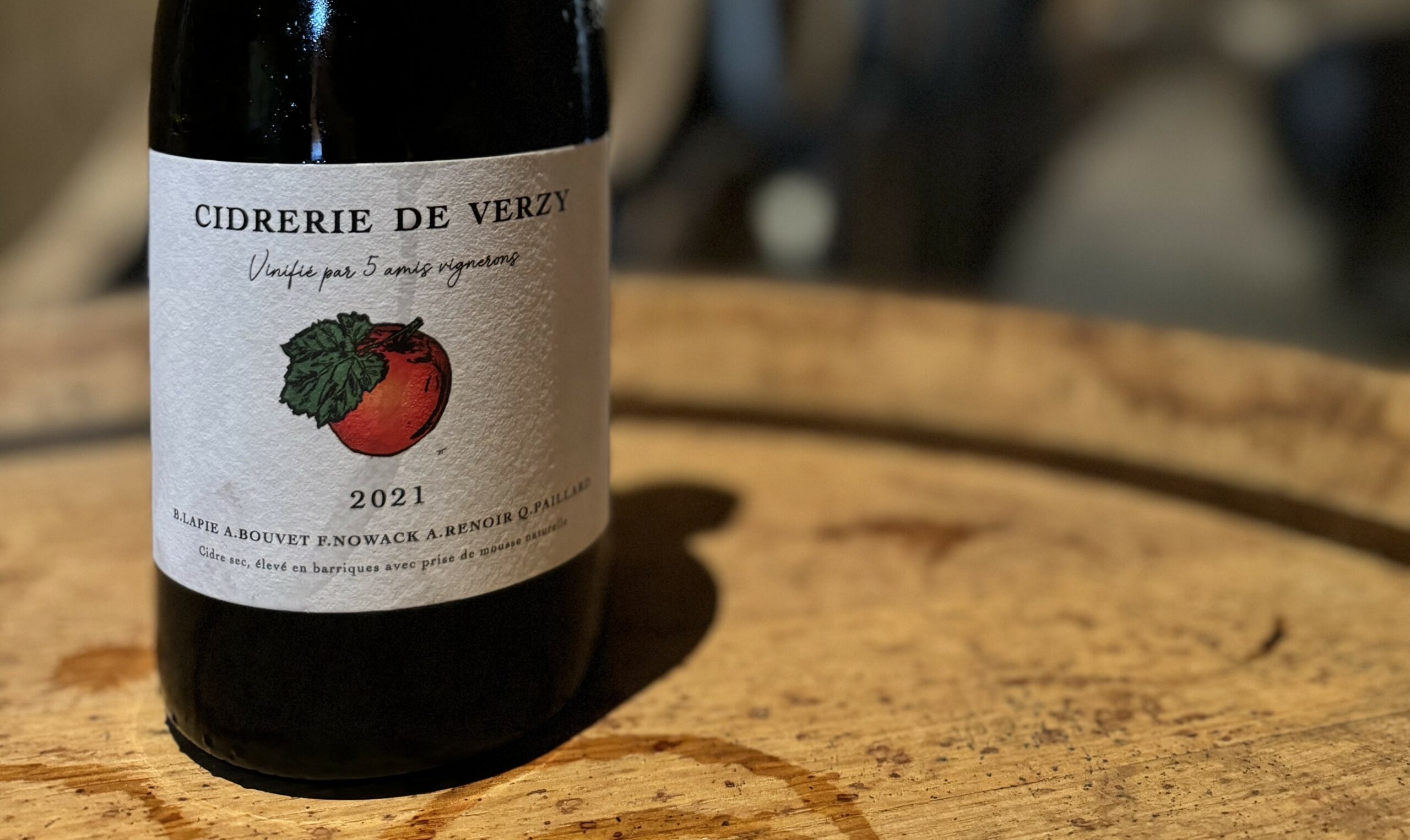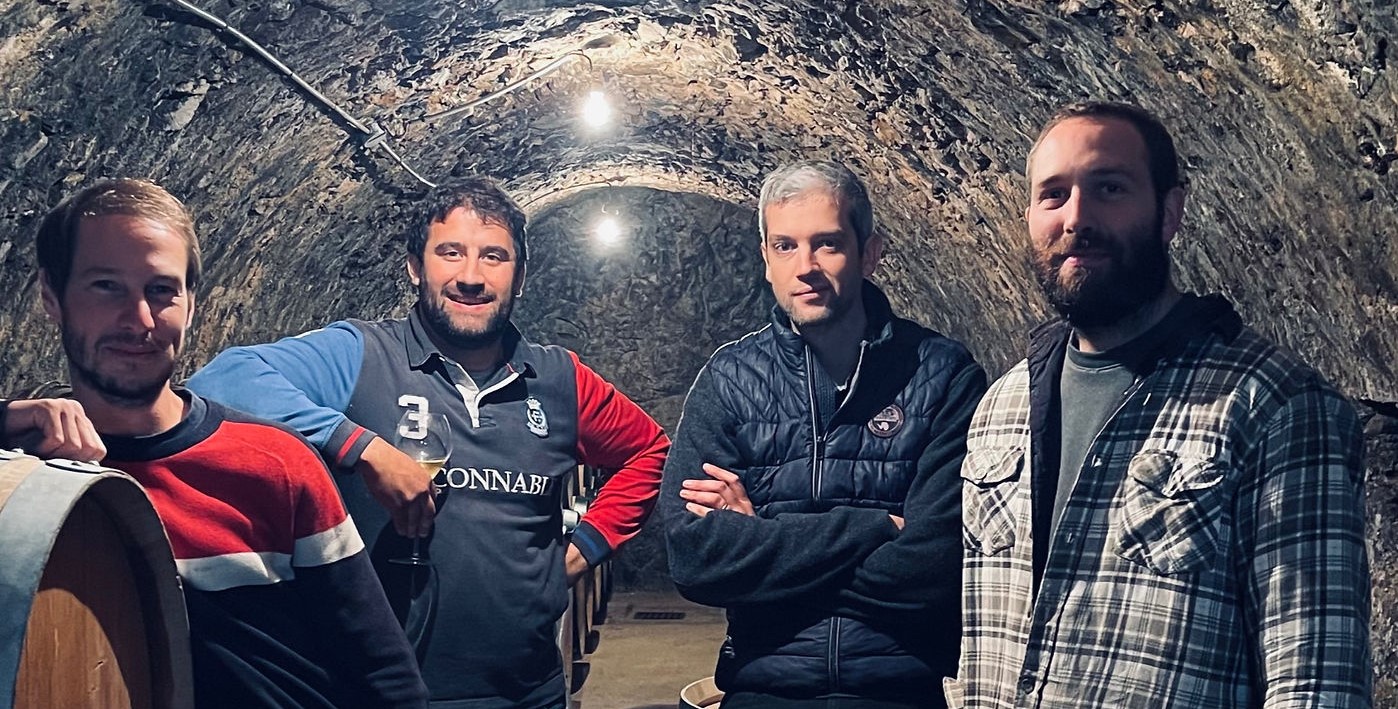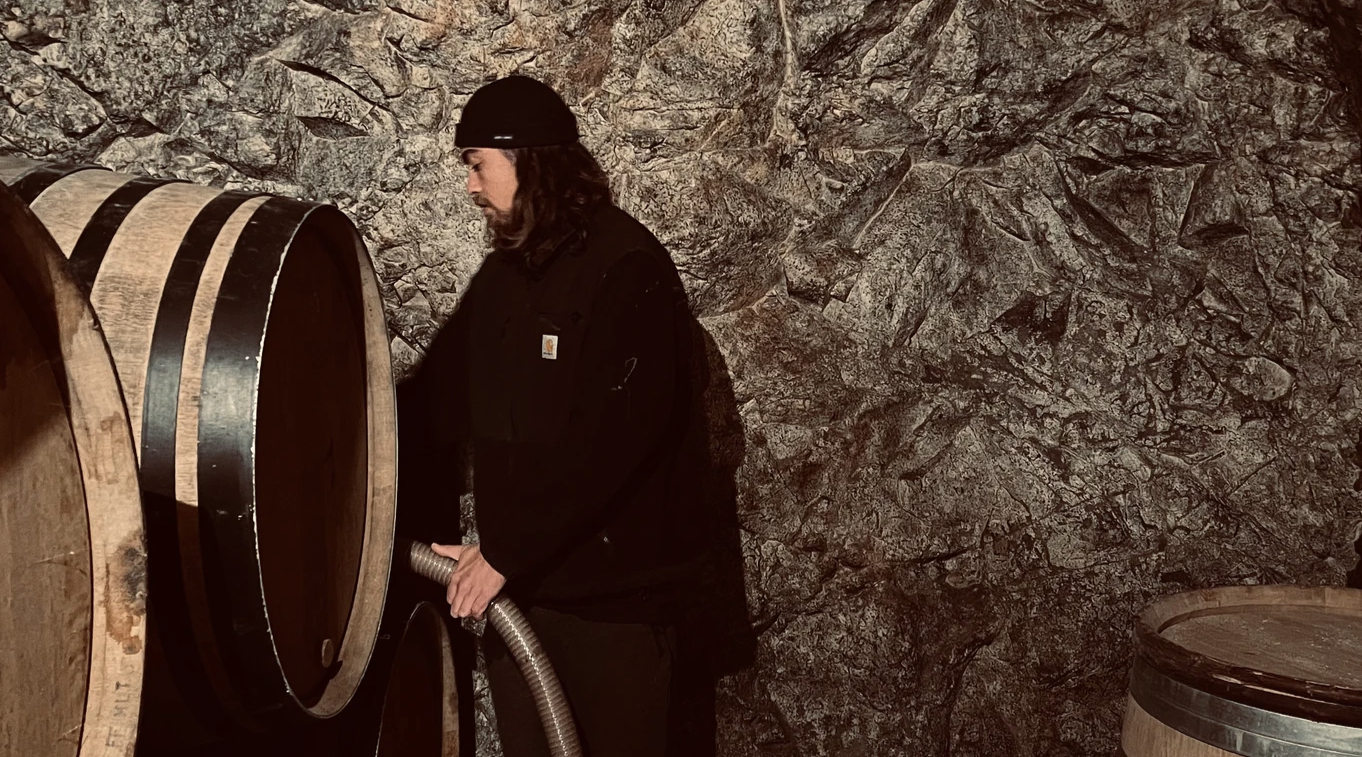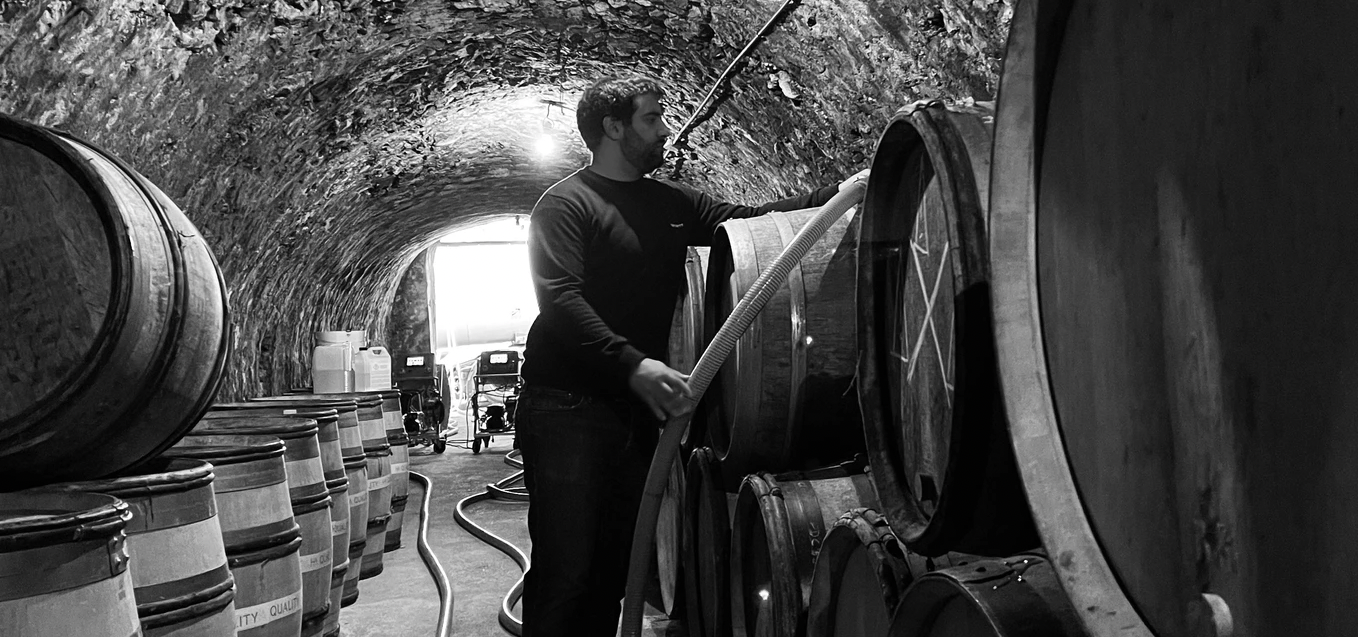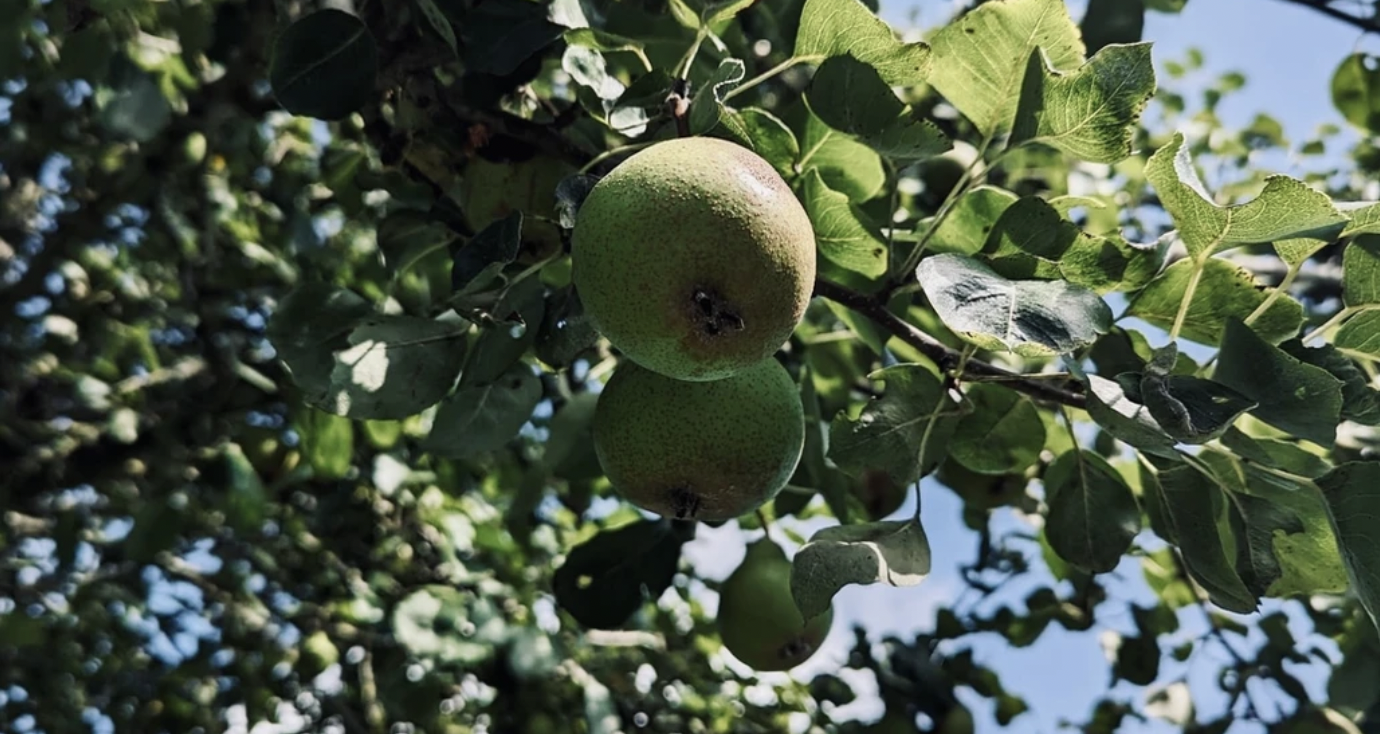While Champagne is known as the most successful sparkling wine appellation on earth, it has historical ties to many other agricultural products. Prior to World War I, orchards were an important part of the kind of mixed farming practiced by families in many parts of Europe, and Champagne was no exception. With the rise of popularity in wine from Champagne, expansion and investment followed suit. Mixed farming was largely abandoned in pursuit of grape growing, the most lucrative crop in the region. Today, a number of young producers interested in exploring this agricultural history are reviving orchards around Champagne. In 2020, a group of five friends who happen to be top grower-producers formed a project to produce cider together: Flavien Nowack of Champagne Nowack in Vandières, Adrien Renoir of his eponymous estate in the Grand Cru of Verzy, Bertrand Lapie, producer in Cuis, Antoine Bouvet, grower/producer in the Grand Cru village of Aÿ, and Quentin Paillard of Champagne Pierre Paillard. Together, they are very proud to introduce the Cidrerie de Verzy!
This group of friends are following the principles of winemaking in their production, rather than traditional cider methods. They’re sourcing organic and biodynamic apples and pears from 30- to 250-year-old trees, both grown locally in Champagne as well as in Normandy. The Cidrerie itself is located in a beautiful old cellar in Verzy, where wine was previously produced by Adrien Renoir’s grandparents. Fruit is pressed in a traditional basket press, and fermented in neutral oak, for up to a year in the cellar. The second fermentation in bottle follows the “Agrapart & Pouillon Method”, perfected by Pascal Agrapart for his Experience cuvée, and by Fabrice Pouillon, who makes his entire range of Champagnes following this method. . The second fermentation in bottle uses the natural sugar in fresh juice rather than cane or beet sugar for the liqueur de tirage. This must is added to the bottle for the prise de mousse and rests on lees for at least a year before disgorgement. This method is used by Flavien Nowack for his “Arpent Rouge” wine as well as the Paillards, in an experimental way. Visiting the cellar is an experience akin to tasting at a small domaine in Champagne, though the material is quite different! There are future plans to release different bottlings, including mixed ferments of pear and cider and experimentation with perpetual reserve, similar to the reserve systems employed in Champagne. It is, above all, a project of friends who have decided to share their experience and know-how to create a unique and captivating cider, reflective of the rich history of the region.
